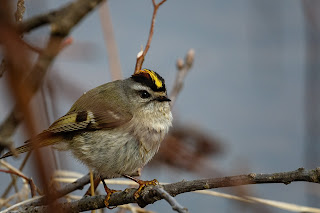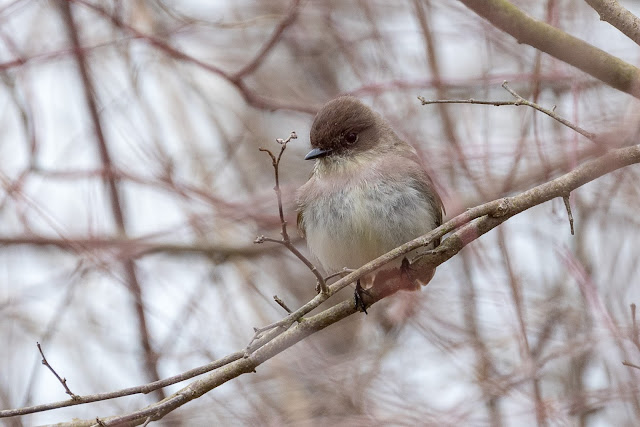American woodcock.

Anne spotted a woodcock walking across a yard at Rondeau Provincial Park, Ontario, Canada. April 30, 2018. By the time I got turned around it had wandered into a grassy area. This photo explains why it is hard to find woodcocks. He was about 4 feet away. Scolopax minor Young woodcocks leave the nest a few hours after hatching, but for their first week they depend on their mother for food. They start to probe in dirt at three or four days after hatching. source - https://www.allaboutbirds.org/guide/American_Woodcock/

















